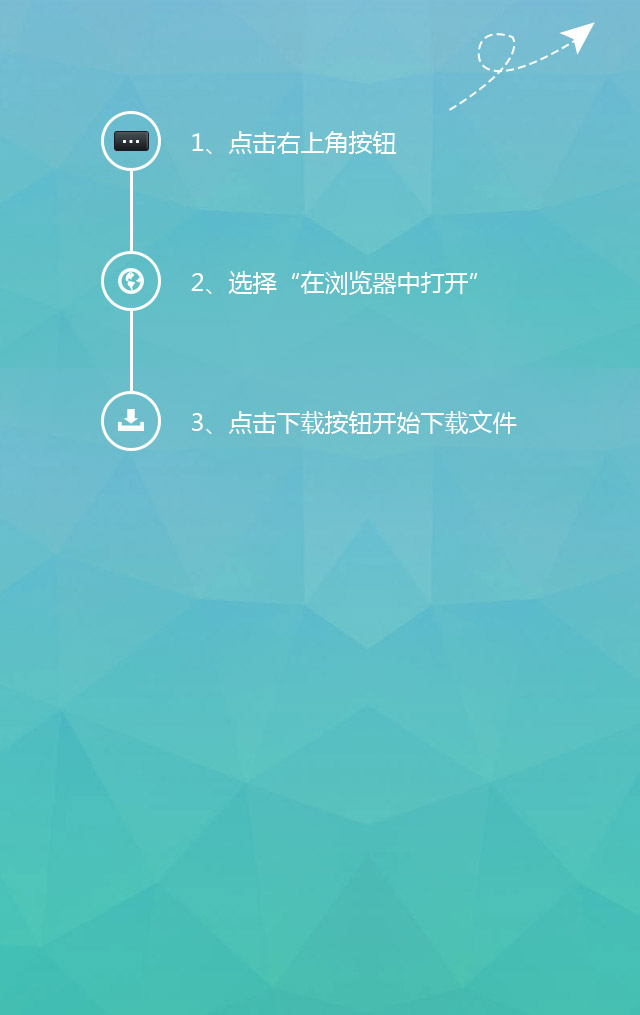Why Impedance Matching? How to perform impedance matching?
In electricity, the blocking effect on the current in the circuit is often called impedance. The unit of impedance is ohm, and Z is often used to indicate that it is a complex number Z=R+i(ωL–1/(ωC)).
Specifically, impedance can be divided into two parts, resistance (real part) and reactance (imaginary part).
Among them, reactance includes capacitive reactance and inductive reactance. The current resistance caused by capacitance is called capacitive reactance, and the current resistance caused by inductance is called inductive reactance.
Most RF engineers have encountered the problem of matching impedance. Simply put, the purpose of impedance matching is to ensure the effective transmission of signals or energy from the "signal source" to the "load".
The most ideal model is, of course, expecting the output impedance of the Source terminal to be 50 ohms, the impedance of the transmission line to be 50 ohms, and the input impedance of the Load terminal to be 50 ohms, all the way down to 50 ohms, which is the most ideal.
But the actual situation is: the impedance of the source end will not be 50 ohms, and the impedance of the load end will not be 50 ohms. At this time, several impedance matching circuits are needed.
The matching circuit is composed of inductors and capacitors. At this time, we need to use capacitors and inductors to debug the impedance matching circuit to achieve the best RF performance.
Impedance Matching Method
There are two main methods of impedance matching, one is to change the impedance, and the other is to adjust the transmission line.
To change the impedance is to adjust the load impedance value through the series-parallel connection of capacitors, inductors and loads to achieve source and load impedance matching.
Adjusting the transmission line is to lengthen the distance between the source and the load, and adjust the impedance to zero with the capacitance and inductance.
At this moment, the signal will not be emitted, and the energy can be absorbed by the load.
In high-speed PCB wiring, the trace impedance of digital signals is generally planned to be 50 ohms. General rules for coaxial cables are 50 ohms for baseband, 75 ohms for frequency band, and 85-100 ohms for twisted pair (differential).
The Application of Smith Chart in RF Matching Circuit Debugging
The following information can be reflected on the Smith chart: Impedance parameter Z, admittance parameter Y, quality factor Q, reflection coefficient, standing wave coefficient, noise figure, gain, stability factor, power, power, frequency information and other impedance parameters.
The composition principle of the impedance circle diagram is to use the one-to-one correspondence between the input impedance and the voltage reflection coefficient, and display the normalized input impedance in the reflection coefficient polar coordinate system, and its characteristics are summarized as follows:
1. The impedance of the upper semicircle is inductive reactance, and the impedance of the lower semicircle is capacitive reactance;
2. The real axis is pure resistance, and the unit circle is pure reactance;
3. The right half axis of the real axis is all voltage antinode points (except open point), and the left half axis is all voltage wave nodes (except short circuit point);
4. Matching point (1, 0), open point (∞, ∞) and short point (0, 0);
5. Two special circles: the largest one is a pure reactance circle, and the one tangent to the imaginary axis is a matching circle;
6. Two directions of rotation: counterclockwise to move toward the load, clockwise to move toward the wave source.
The admittance circle diagram and the impedance circle diagram are symmetrical to each other, and the same circle diagram can be used as an impedance circle diagram or an admittance circle diagram, but it cannot be used as an impedance circle diagram when performing each operation.
In the Smith chart, some interesting features can be shown:
Connect a variable inductance/capacitor in series or in parallel before the load. The circuit diagram is shown in the 4 diagrams on the left side of the figure below, and several curves on the right side of the Smith chart will be obtained. Corresponding to Smith's impedance circle and admittance circle, its motion trajectory is as follows:
1. When using the Smith impedance circle, the series inductor turns clockwise, and the series capacitor turns counterclockwise;
2. When using the Smith admittance circle, connect the inductor in parallel, turn it counterclockwise, and connect the capacitor in parallel to turn it clockwise.
Recommend
-

-

QQ Zone
-

Sina Weibo
-

Renren.com
-

Douban

